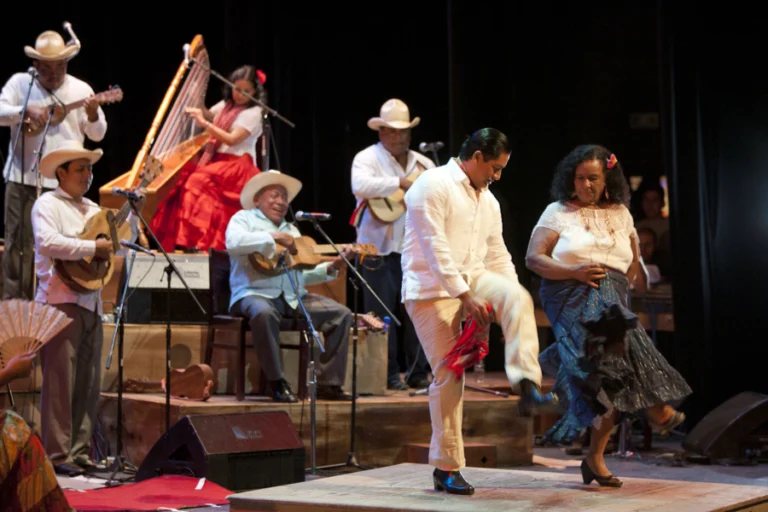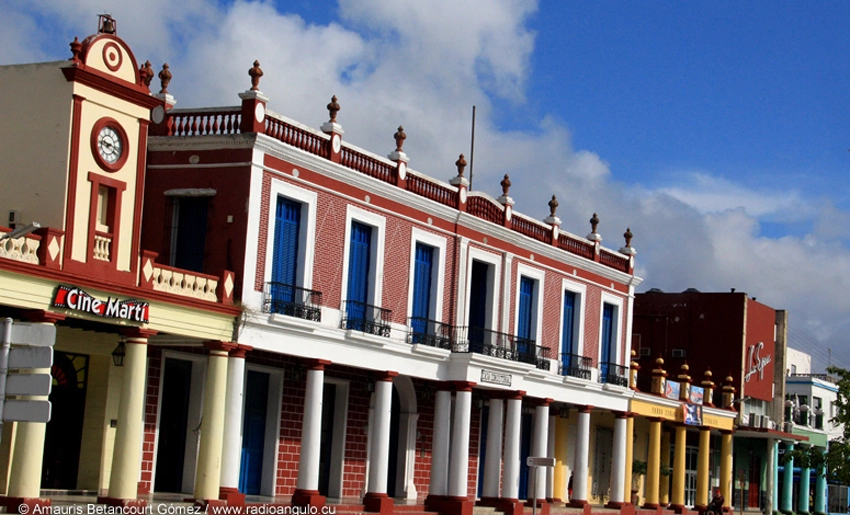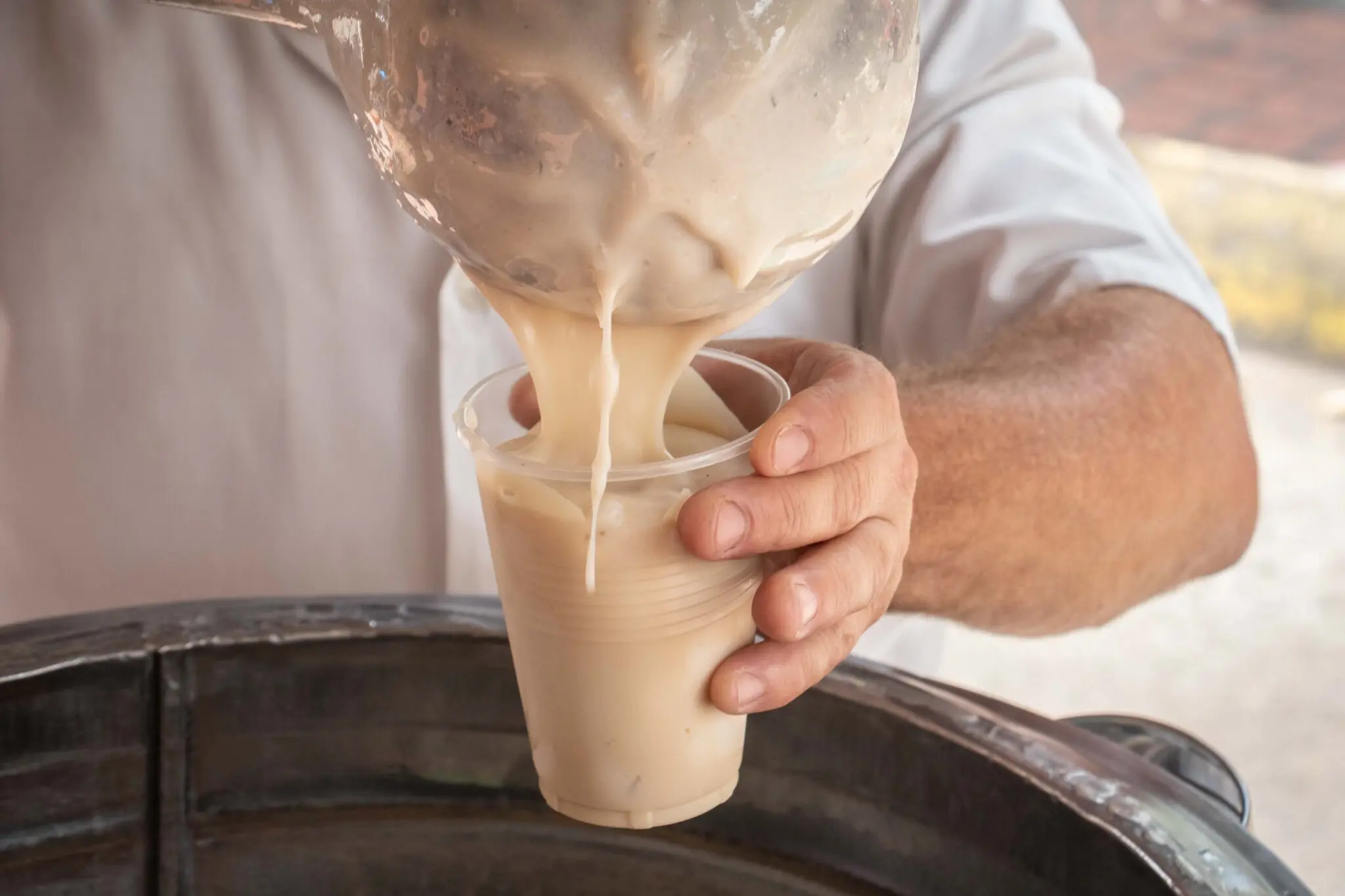Huapango: The Rhythmic Soul of Mexico’s Musical Heritage

July 16, 2025 Hour: 2:11 pm
As Mexico continues to celebrate its rich tapestry of traditional music, the huapango stands out as a vibrant emblem of cultural fusion and artistic expression. Born from the mestizaje of Indigenous, European, and African influences, huapango is more than a genre—it’s a living tradition that pulses through the heart of the country’s musical identity.
Originating in the Huasteca region, which spans Veracruz, San Luis Potosí, Hidalgo, Tamaulipas, Puebla, Guanajuato, and Querétaro, huapango—also known as son huasteco—emerged in the late 17th century, blending Spanish folk styles like flamenco and fandango with Indigenous rhythms and African syncopation.
The term “huapango” is believed to derive from the Nahuatl word cuahuitlipanco, meaning “on the wooden plank,” referencing the traditional dance performed atop wooden platforms, where dancers execute intricate footwork in sync with the music.
Huapango manifests in three distinct styles:
- Huapango huasteco: Performed by a trio featuring guitarra huapanguera, jarana huasteca, and violin, with musicians often improvising poetic verses.
- 🎷Huapango norteño: Played by ensembles using accordion, bajo sexto, tololoche, snare drum, and saxophone, offering a more robust and regional flavor.
- Huapango de mariachi: Delivered with vihuelas, trumpets, guitarrón, and violins, this version is often heard in festive celebrations and national showcases.
The genre continues to thrive through events like the Feria Nacional del Huapango 2025 in Tamazunchale, where traditional dance competitions and musical performances celebrate the enduring legacy of the Huasteca sound.
From ranchera ballads to corridos, huapango remains a cornerstone of Mexico’s musical landscape, embodying the sensitivity, resilience, and creativity of its people.
Author: OSG






